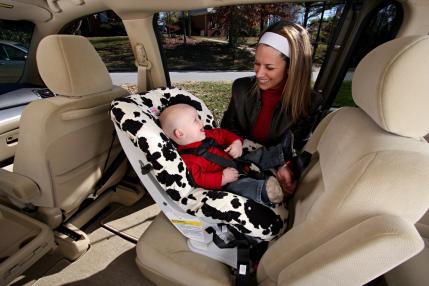
With 2022 just around the corner, we highlight two things that come with the new year – an increase in Bay Area bridge tolls and new laws that affect drivers.
Bay Area Bridge Tolls: Tolls at the region’s seven state-owned toll bridges will go up by $1 on January 1, 2022. Regular tolls for cars, trucks, and motorcycles at the San Francisco-Oakland Bay, Antioch, Benicia-Martinez, Carquinez, Dumbarton, Richmond-San Rafael, and San Mateo-Hayward bridges will increase to $7.
New Laws Which Affect the Average Driver: After reviewing the CHP Press Release on new laws affecting motorists, there’s not much to report going in to 2022. However, if you’re not familiar with the new laws that went into effect in 2021, now is a good time to review them.
One law that went into effect on July 1, 2021, is worth mentioning specifically:
- Points for distracted driving: Violating the hands-free law for a second time within 36 months of a prior conviction for the same offense will result in a point being added to a driving record.
 Cell Phone (Electronic Wireless Device) Usage: It will be illegal to hold a cell phone (or other wireless electronic device) while operating a motor vehicle. Phones and devices will need to be mounted on the dashboard or windshield, and may only be operated by hand when activating or deactivating a feature or function can be done with “a single swipe or tap of the driver’s finger” (
Cell Phone (Electronic Wireless Device) Usage: It will be illegal to hold a cell phone (or other wireless electronic device) while operating a motor vehicle. Phones and devices will need to be mounted on the dashboard or windshield, and may only be operated by hand when activating or deactivating a feature or function can be done with “a single swipe or tap of the driver’s finger” ( School Bus Safety: All school buses, school pupil activity buses, youth buses & child care motor vehicles used to transport school-age children will be required to have a “child safety alert system”. Since this device requires the driver to contact or scan it before leaving the vehicle, it prompts them to verify that all children have disembarked. Schools will also be required to have procedures in place to, “ensure that a pupil is not left unattended on a school bus.” (
School Bus Safety: All school buses, school pupil activity buses, youth buses & child care motor vehicles used to transport school-age children will be required to have a “child safety alert system”. Since this device requires the driver to contact or scan it before leaving the vehicle, it prompts them to verify that all children have disembarked. Schools will also be required to have procedures in place to, “ensure that a pupil is not left unattended on a school bus.” (
